Architectural speakers: 10 pros and cons of in-wall (and in-ceiling) sound
The good and bad points of disappearing speakers
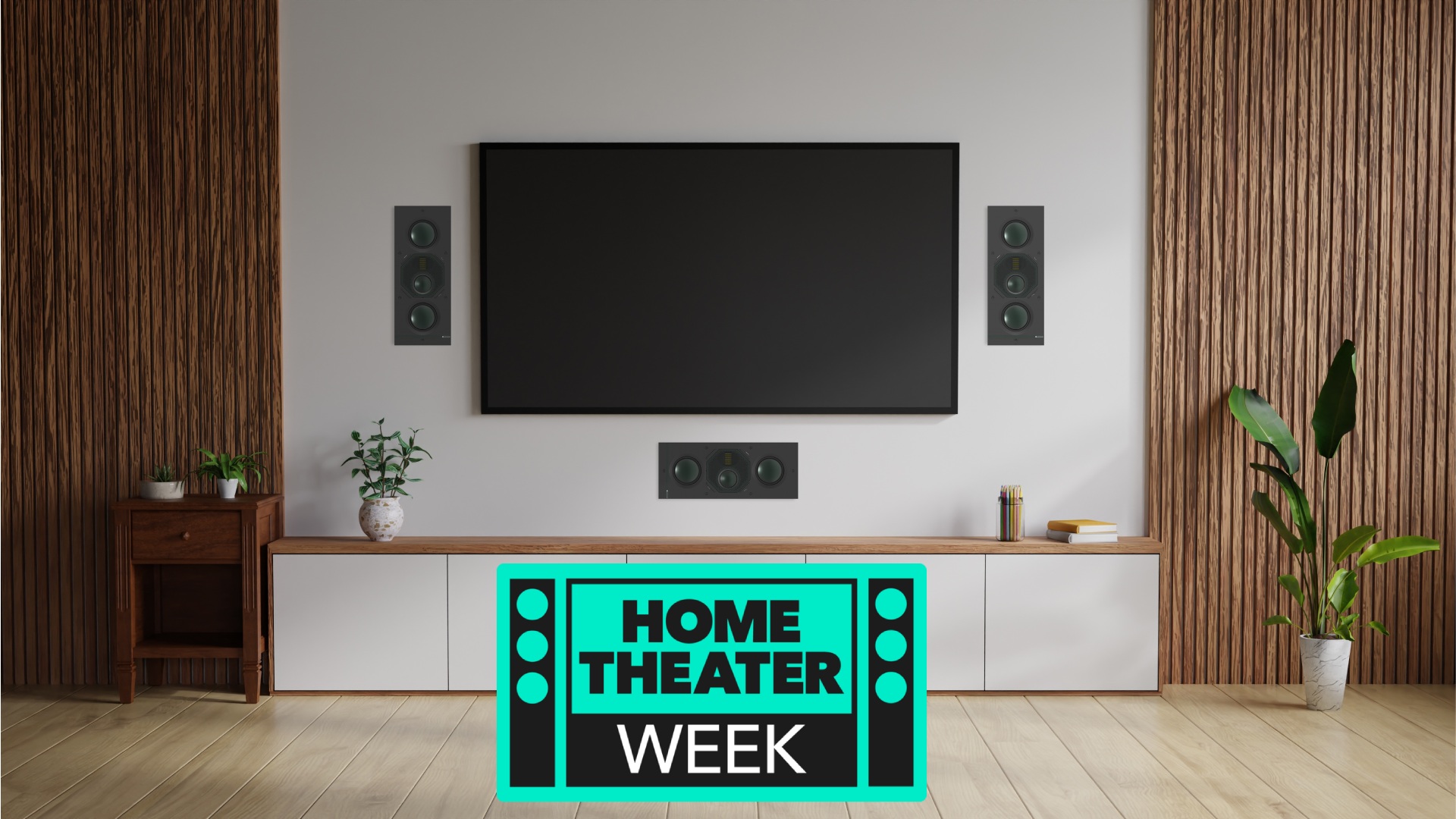
In-wall speakers – also called “architectural” speakers – have lots of advantages. And just about as many drawbacks. Balancing the two is an individual thing, but knowledge is power, so let’s dig into this important audio topic to kick off TechRadar's Home Theater Week.
Architectural or in-wall speakers – for brevity, I’ll call them IWS from here on – live under a big tent. They may be full-range versions of the best stereo speakers, multiple units intended for deployment in a multi-channel home theater, or single-unit-stereo speakers intended to distribute more casual listening sound throughout a room or area. They may be intended to work in conjunction with a subwoofer, and indeed numerous in-wall subwoofers are on offer for just such a case. There are models specifically designed for ceiling placement, and some specifically engineered to provide the “height” channels in a Dolby Atmos surround sound system.
Whatever their size or intended deployment, IWS are all precisely that: loudspeakers designed to be installed in a flat surface, almost always optimized, in the U.S. at least, for installation in conventional “two-by” studs-and-sheetrock-construction domestic walls or ceilings. (That said, clever custom-installers and DIY-ers probably have adapted IWS to everything from stone walls to sod houses.) The nuts and bolts of how this is achieved – most often by an experienced custom installer – is beyond our remit here. But let’s lay out those pros and cons, so you can make a more educated choice.
1. Pro: IWS don’t take up floor space
For this reason, IWS are a more visually elegant audio solution with higher “spouse-acceptance factor.” It’s not difficult to appreciate the clutter-saving nature of flush-mounted speakers and concealed wiring.
Con: IWS live at a fixed address
You can’t move them a little this way, a little that way, to tune the best sound for your room and your listening position. And if down the road a piece you decide to move the sofa from this wall to that one – well, you get the picture
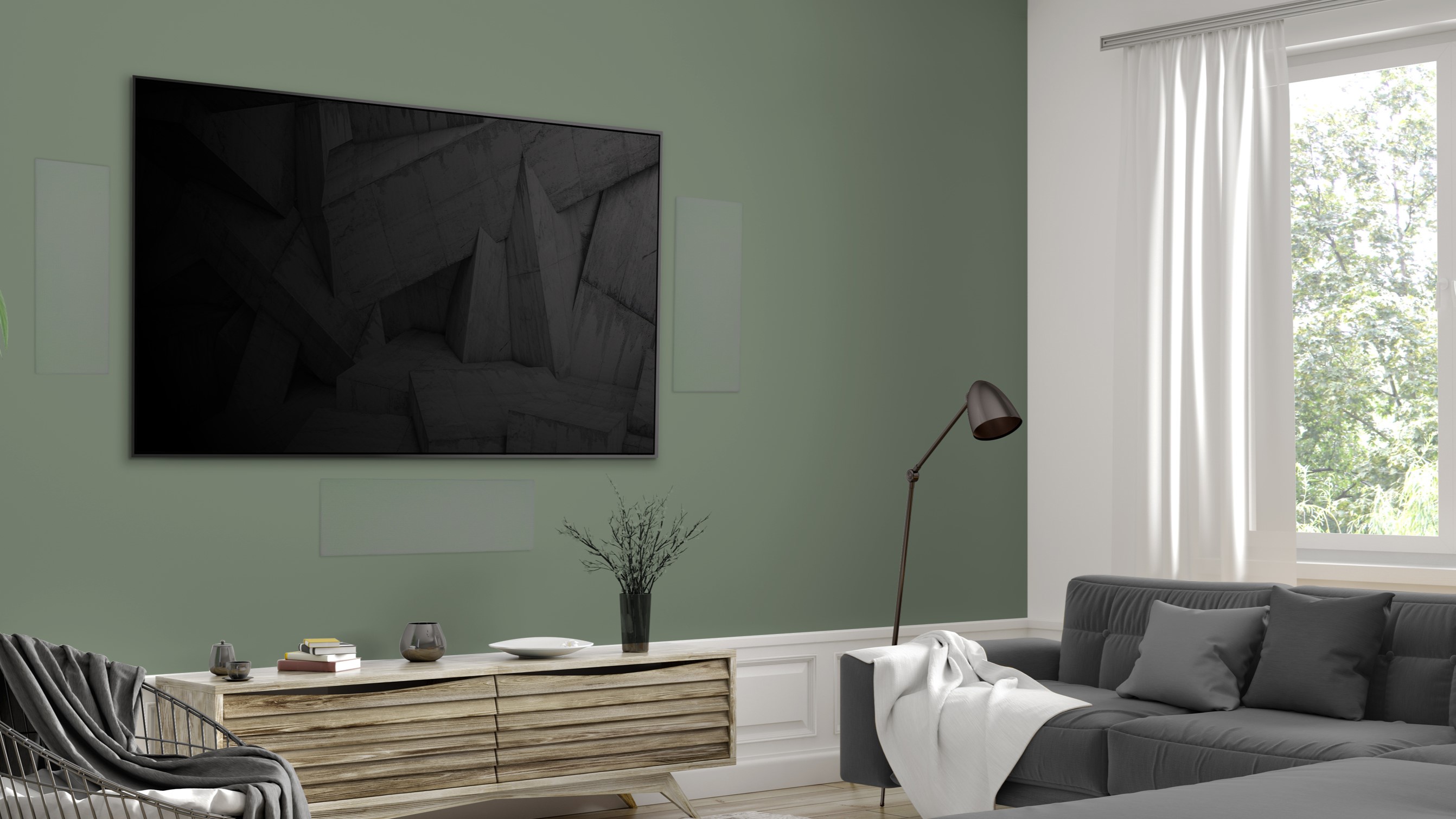
2. Pro: IWS can be visually integrated with wall and ceiling surfaces
This is usually done by painting the surface of the speaker, effectively making it “disappear” in the room, which makes them beloved of interior decorators and decor-dedicated homeowners alike.
Con: To install an IWS you must cut a hole
This is usually a non-starter for renters and some condo-dwellers, but even for homeowners it’s not an option to be considered without due contemplation. The risk of encountering electrical wiring or plumbing dictates that if you don’t really know what you’re doing, hiring an installation pro is a very, very good idea. Plus, if needs or room usage change, you’re left with, yes, a hole. True, common sheetrock construction holes can be patched and made invisible by a competent carpenter, but it’s still a non-trivial task.
Sign up for breaking news, reviews, opinion, top tech deals, and more.
3. Pro: IWS can be placed at optimal locations
They can be installed relative to screen location and listening positions, without reference to most furniture items, traffic patterns, and floor-space needs, in situations where free-standing speakers would not serve.
Con: IWS often get placed in less-than-optimum locations
On the other hand, it’s not at all uncommon that the exigences of decor or room layout will dictate, to some degree, that IWS be installed in less-than-optimum locations – most often a good deal higher than ear-level. Some IWS designs feature “aim-able” tweeters that can be rotated or spun about to direct their output more directly toward the listening position, but this usually is only a half-measure because in a two-way speaker (a common IWS design) most of what we hear as “treble” in fact comes from the woofer, and beams in a narrow path, more or less like a flashlight. Where a free-standing speaker can often be toed in or out and tilted upward or downward to improve directivity, a basic IWS cannot.
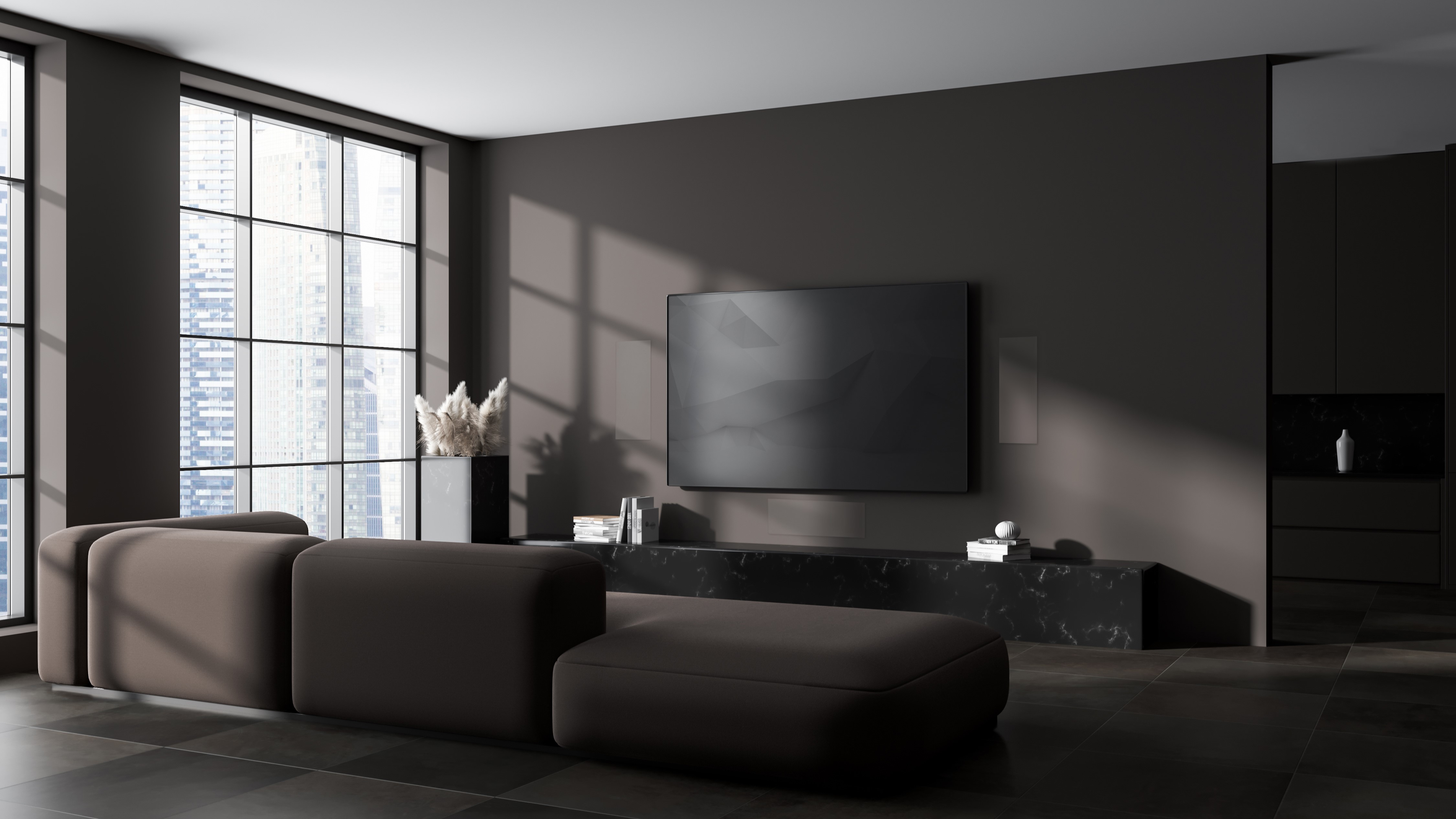
4. Pro: IWS eliminate visible wires
This is obvious enough almost to go without saying, but doing away with the free-running speaker cables snaking across floor or carpet, especially in a multi-channel home-theater setup, is an important bonus. (As is the fact that you can’t trip over them, and the cat can’t climb up in-wall wiring and pull in-wall speakers off stands or shelves.)
Con: With IWS, you must run wires within the walls
Equally self-evident, to get music to your IWS you must run wires within the walls. This is a challenge that can range from fairly simple for an inside partition in a one-story house, to very difficult in a well-insulated outside wall, to nearly impossible for brick or stone construction. In many cases, an experienced custom installer or pro electrician who knows all the tricks will be a necessity. Plus, because the speaker wiring all terminates at a fixed location, you can’t readily relocate your equipment.
5. Pro: There are plenty of speaker choices
With the exception of a few ultra-high-end brands, virtually every major loudspeaker manufacturer has developed a line of high-performance IWS engineered to maximize both installation ease and decor-friendliness, as well as sonic performance.
Con: There’s no downside here: yay!
6. Pro: IWS can have a performance advantage
For one example, Dolby Atmos height speakers installed in the ceiling have a substantial performance edge over “elevation” speakers, which sit atop front- or rear-left/right speakers and “bounce” sound off the ceiling. The latter, while a convenient way to add Atmos capability to a speaker system, is a good deal less effective at creating the spatial effects and ambience that Atmos and other immersive sound formats promise.
Con: Same again: double-yay!
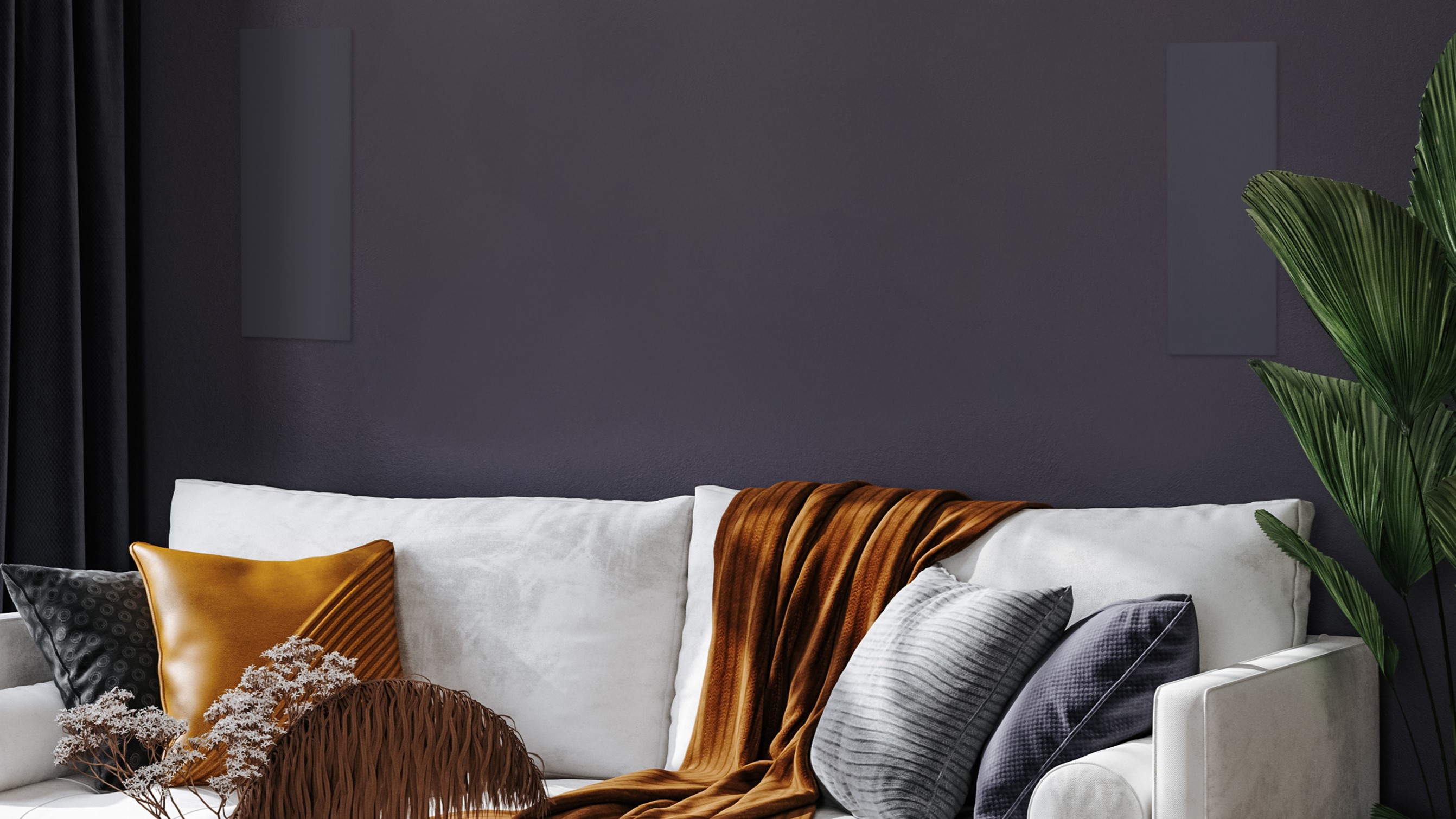
7. Pro: IWS can have a distinct value advantage
With IWS, you’re not paying for a large, heavy, expensive (and expensive-to-warehouse, -inventory, and -ship) enclosure. This isn’t true in every case – there are plenty of very high-ticket IWS, and many makers understandably direct a bit of that gain to profit – but judicious shopping will pay dividends to the budget-bound.
Con: If you move, you can’t take them with you
It may be cheaper to leave the speakers in the walls than to hire a carpenter and painter to remediate the walls, particularly in the case of cheaper IWS, which then leaves you to replace the speakers in your new house. The IWS value advantage mostly applies up to the lower and middle price ranges, and tends to evaporate, relative to state-of-the-art free-standers, above, say, $2,500 per pair. There are plenty of IWS capable of audiophile-grade reproduction, but they don’t come nearly as cheap as models targeted toward more casual, background-music listeners. And a large majority of experienced audiophiles feel that even the best IWS can’t quite equal the naturalness of “soundstage” and “spatiality” of the best freestanding loudspeakers.
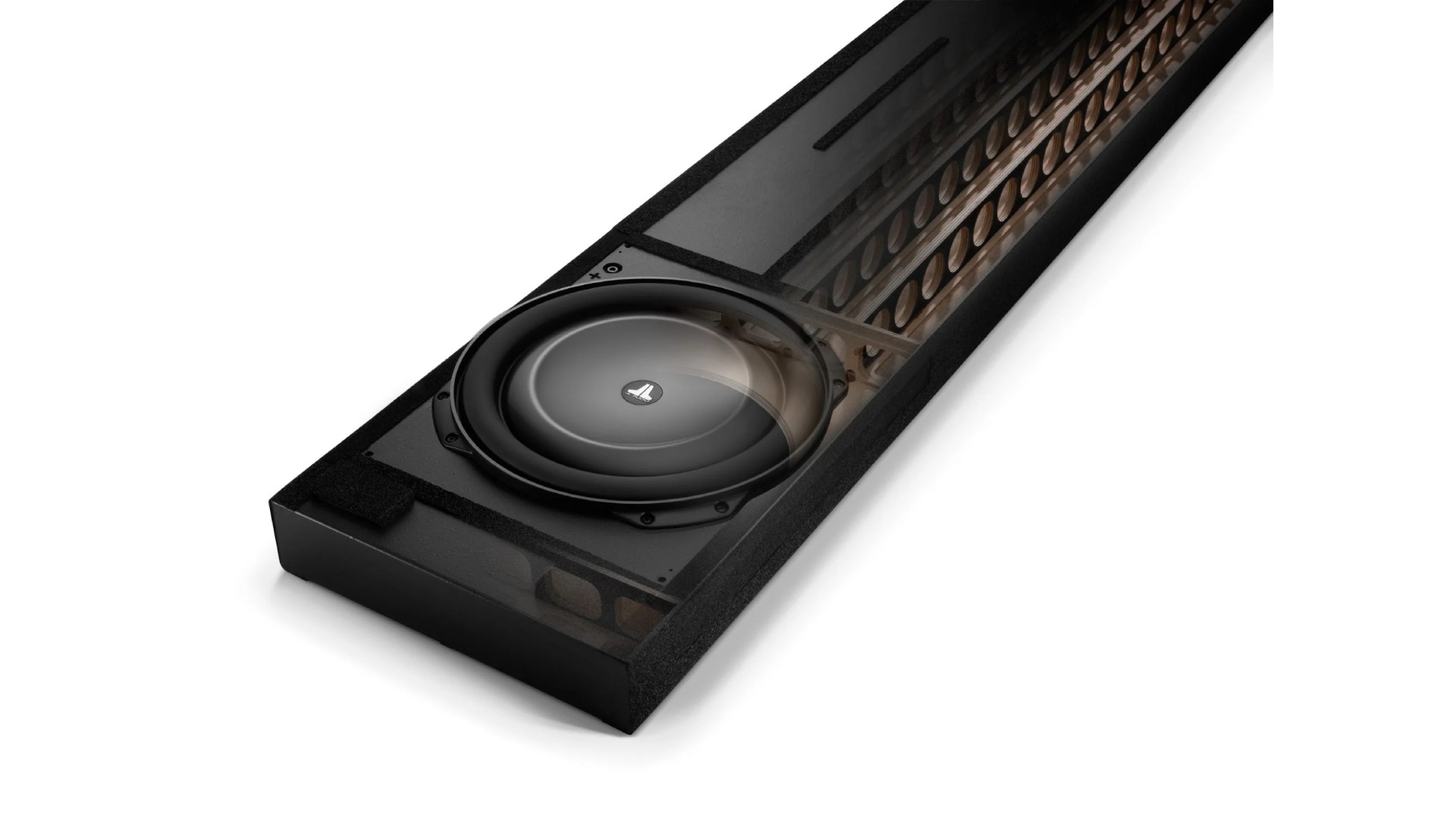
8. Pro: In-wall subwoofers give you bass without the big box
In-wall subwoofers make it easier, ergonomically and interior-design-wise, to include one or more subwoofers to achieve a truly full-range system. This is doubly true of a multi-subwoofer installation; a multiple-subs array is well-established as the easiest way to achieve smooth, accurate bass response throughout a room such as a home theater. And even more so in smaller rooms where multiple free-standing subs would simply overwhelm the space.
Con: You roll the dice on "room modes"
Unlike free-standing subwoofers, an in-wall sub cannot be moved around in the listening room to determine the location that best minimizes the effects of “room modes” – areas of stronger and weaker bass dictated by room dimensions. You can reduce the placement risk if you already have one or more free-standing woofs you can move about experimentally to determine the best wall locations (a freestanding sub placed hard against a wall will perform, acoustics-wise, just about indistinguishably from an equivalent in-wall), but few of us do. There are computer programs that can help predict modal locations, but IRL acoustics are quirky enough that this can be a bit of a gamble.
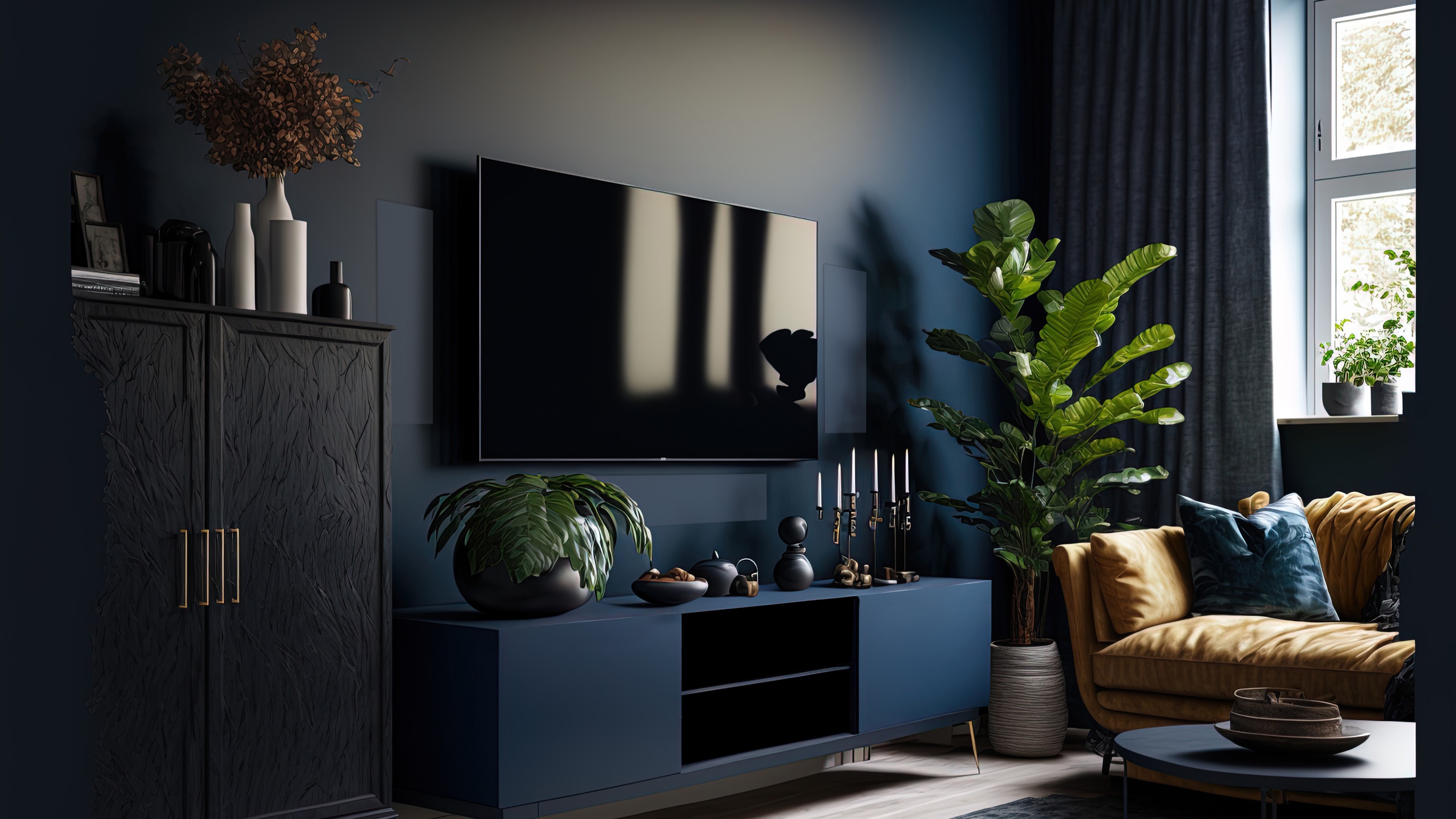
9. Pro: IWS have inherently accurate low-frequency response
All IWS have one preordained acoustic advantage: you know where they will be relative to the wall “behind” them: flush. This makes the response of lower frequencies (bass to low-midrange) perfectly predictable – at least in theory – compared to free-standing speakers, where this response is greatly influenced by placement to the nearest surface, usually the front wall. Savvy IWS engineers and custom installers use this knowledge to promote accurate system response.
Con: Sound leakage is real
The “back wave” from any woofer is essentially as loud as its front output, and that sound is going to go somewhere: into the next room. Sound leakage is a reality you must consider in any IWS setup. It can be mitigated, but not eliminated, by stuffing the wall cavity with acoustically absorbent material (usually fiberglass, for fire-code reasons). Many higher-end IWS include (or have as options) a “back-box” that turns them, effectively, into acoustic-suspension speakers. These can reduce sound leakage substantially, but rarely eliminate it. As usual, an experienced custom installer is the best weapon here.
10. Pro: IWS are power-efficient
Open-back IWS are usually quite high-sensitivity (“efficient”) relative to equivalent small-box bookshelf speakers, thanks to the effectively infinite-baffle behavior of their in-wall location. The payoff: you need less amplifier power (fewer watts) to achieve a given loudness level.
Con: The dreaded “organ pipe” effect
Both this efficiency edge and the aforementioned bass-response predictability are considerably lessened by the variability of the space “behind” an IWS. Any conventional cone low-frequency reproducer (woofer) is profoundly influenced by the volume of air in the enclosure behind it, whether this volume is sealed (acoustic-suspension), open (vented/ported), or in-between (resistive/transmission-line). For a typical open-back IWS in a conventional studded wall, this is usually a large enough, sort-of-sealed volume. It typically doesn’t affect the sound, with one huge caveat: the long, narrow space of a stud-bay can act as a Helmholtz resonator – the dreaded “organ-pipe” effect. This causes a strong resonant peak at some point in the bass, usually resulting in pronounced “boom” around a few bass notes The damping material (“stuffing”) referenced above will also mitigate this, but it can be problematic. If well-engineered, the “back-box” also referenced above, can address both issues.
In Conclusion…
Knowledge is power, but the more you know, the less simple life becomes. But it’s much, much better to know the challenges and rewards before you grab the hole-saw than after. You’ve been warned.
You might also like...
Daniel Kumin has written about video, audio, and music technologies for more than three decades, for numerous major magazines and web destinations, and consults in the AV and other industries. He was originally trained as a composer, in case anyone wants to commission a string quartet.